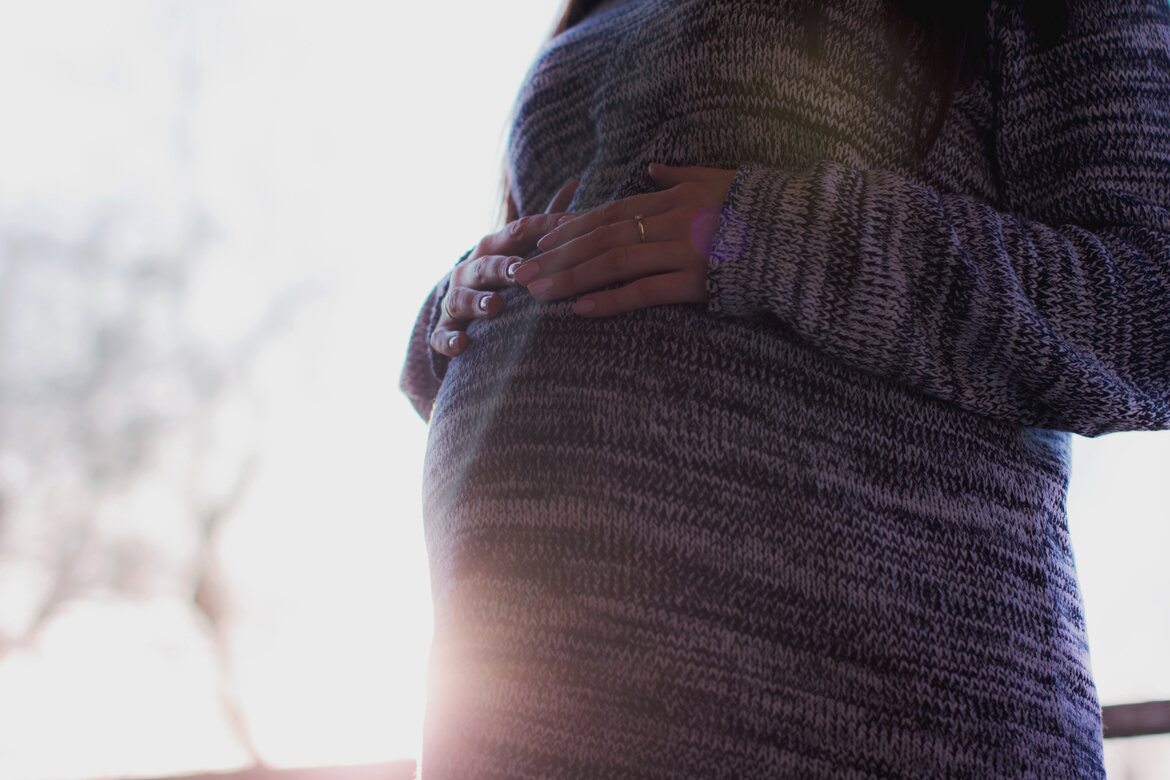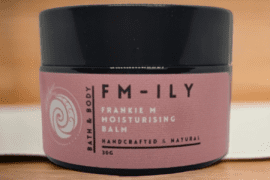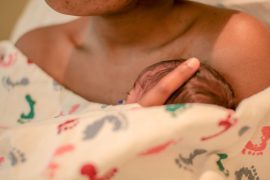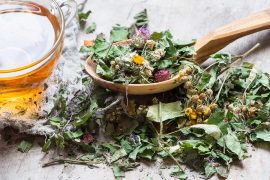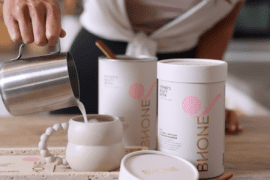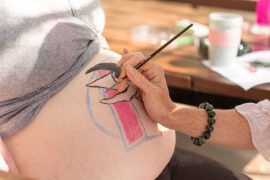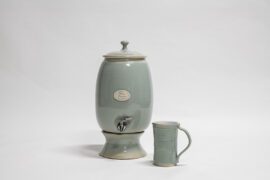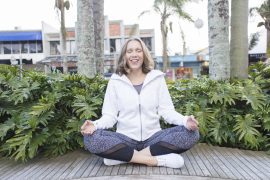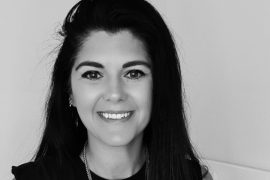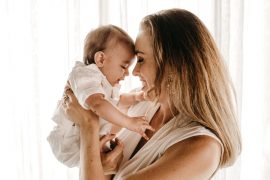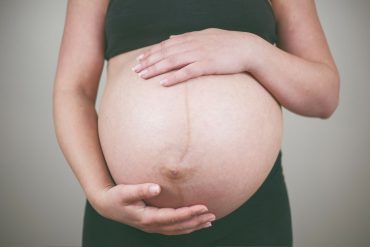By April Kinney
At my week 8 appointment, my obstetrician said, “There is an increased possibility of stillbirth at your age if we allow you to carry the baby to full term”. This opened a conversation about the risks I could face during my pregnancy, and the actions I could take to minimise them.
I was 47 and well beyond advanced maternal age, which is typically defined as being 35 or older at the time of giving birth. According to the Australian Institute of Health and Welfare, 295,976 babies were born to 291,712 mothers in Australia in 2020. Nearly 26% of these mothers were over the age of 35, and 4.5% were over the age of 40. So, while I was in the minority, I was not the only one having conversations associated with the risks of advanced maternal age.
At that week 8 appointment, my obstetrician presented me with compelling research that showed the rate of stillbirth for first time mothers over 40 was 8.6 per 1,000 pregnancies compared to 3.7 per 1,000 pregnancies for mothers under 35. Research also showed the risk of stillbirth increases with gestational age, especially in older mothers. The largest increase in risk for mothers over 35 occurs between weeks 38 and 39.
I was 47 and well beyond advanced maternal age, which is typically defined as being 35 or older at the time of giving birth.
This conversation made me realise how truly vulnerable my baby and I were.
I remember having a conversation with my partner after that appointment. I wanted a natural birth but the increased risks of carrying my baby to full term were not worth taking. Being pregnant was an absolute miracle and I wanted to eliminate as many risk factors as possible.
According to the National Institute of Child Health and Human Development, risks associated with pregnancy can be grouped into 4 major categories: existing health conditions, age, lifestyle factors (alcohol, drug, tobacco use), and other conditions such as multiple gestation, gestational diabetes, and preeclampsia. I acknowledged and accepted that some of these risks were under my control, and some were not.
Alongside my obstetrician, I set a plan to minimise the risks under my control including existing health conditions such as high blood pressure and weight, and lifestyle factors such as alcohol use.
While I did not have any existing health conditions, I regularly monitored my blood pressure and focused on eating healthy foods that nourished me and my growing baby. I monitored my weight, so I remained within the recommended range for healthy weight gain. I eliminated all alcohol and avoided over-the-counter medications even for the occasional muscle ache or headache.
I wanted a natural birth but the increased risks of carrying my baby to full term were not worth taking. Being pregnant was an absolute miracle and I wanted to eliminate as many risk factors as possible.
This left me with three remaining risk factors: age, gestational diabetes, preeclampsia, and birth defects. These are the most common for women of advanced maternal age. These were all manageable to an extent, but not necessarily under my control.
The fact is that I was 47. Nothing would change that. In addition to maintaining my regular exercise routine and eating healthy foods, I followed my obstetrician’s advice every step of the way. I had regular appointments and scans, took select supplements, underwent genetic testing, had regular acupuncture treatment, and scheduled myself for a caesarean section.
At each appointment I would say a quiet prayer that my baby and I were healthy. Then breathe a sigh of relief when my obstetrician announced everything was perfect.

